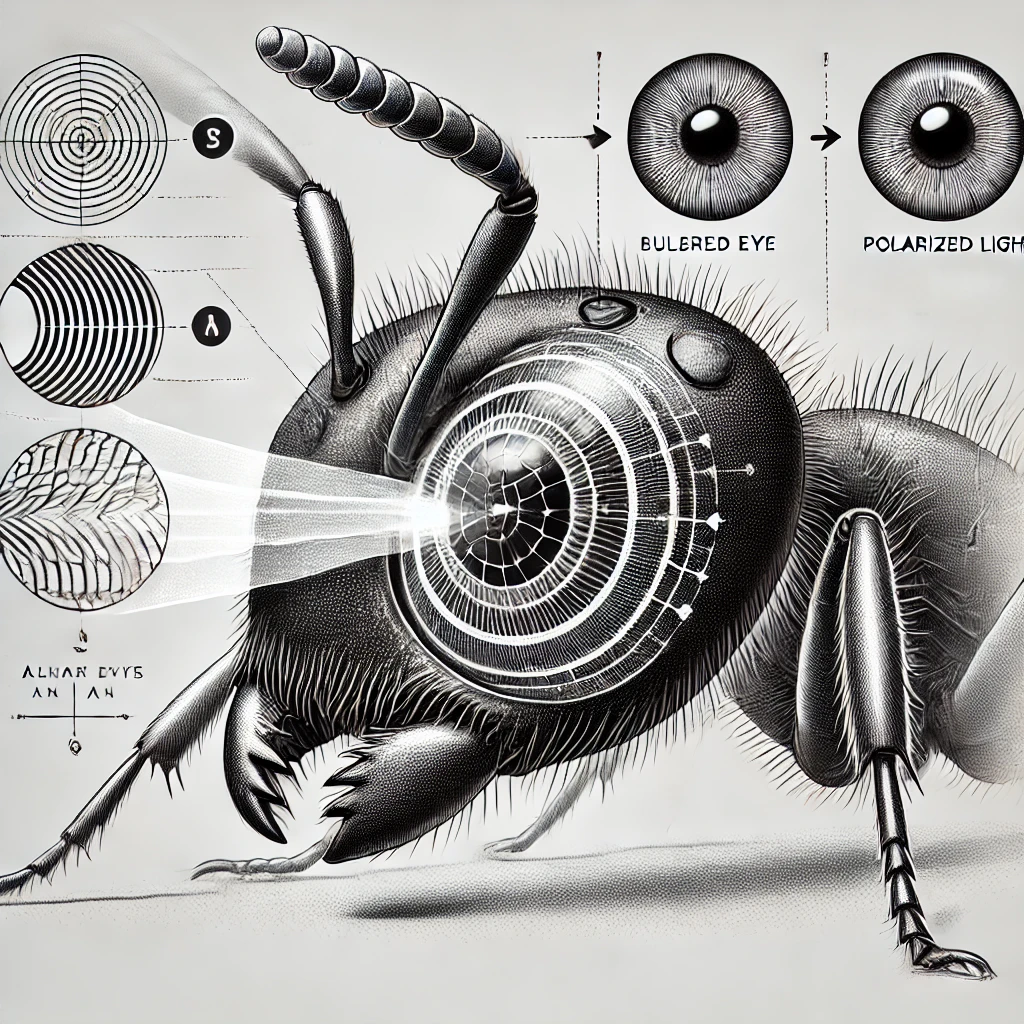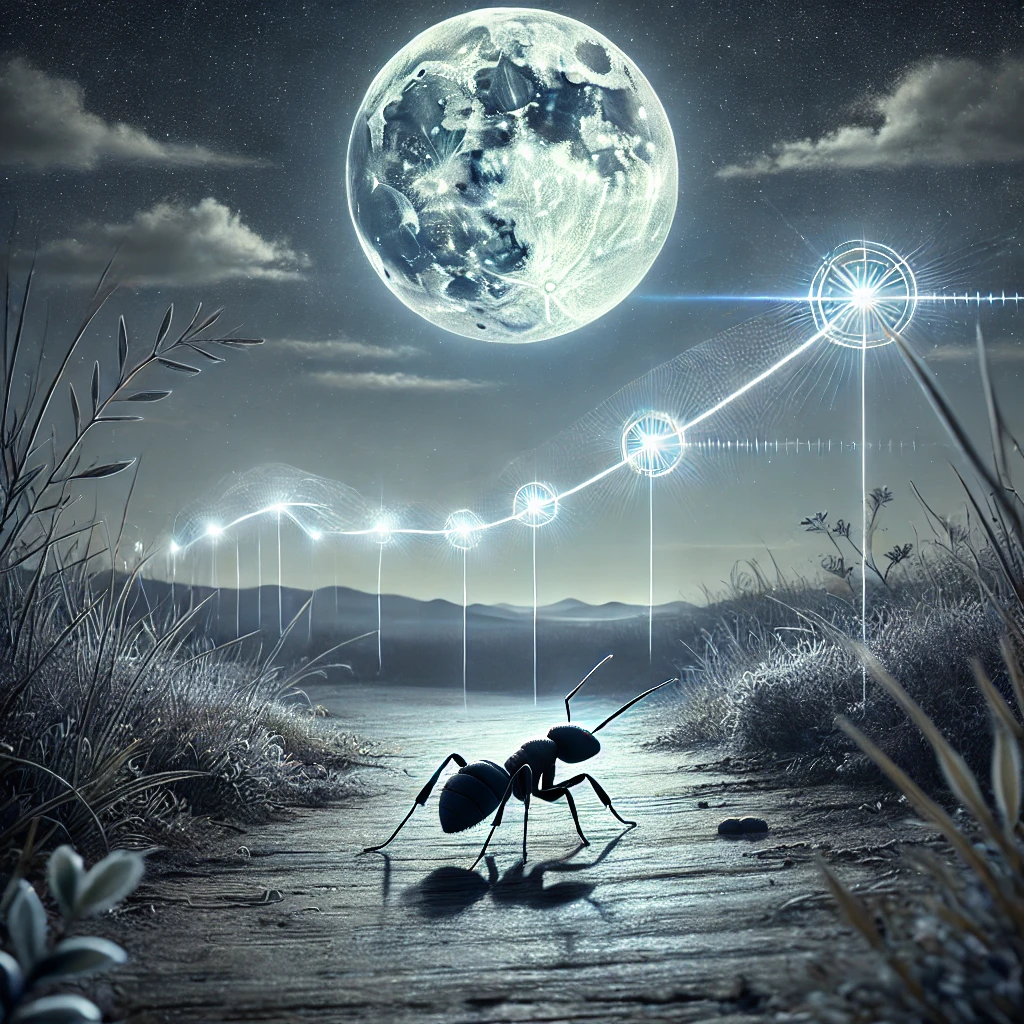Have you ever wondered how some creatures can travel in the dark without getting lost? One of nature’s most amazing examples is found in the nocturnal bull ants. These ants have developed a unique way to navigate during the night by using the light of the moon. In this post, we will explore how bull ants use polarized moonlight to guide themselves, and why this discovery is so fascinating.
What Are Bull Ants?
Bull ants are large, fierce ants known for their strong jaws and impressive size compared to other ants. They are mostly active at night, which makes their ability to navigate in the dark especially interesting. Unlike many animals that rely on sound or smell, bull ants have developed a way to use light, even when the sun is nowhere in sight.

The Secret: Polarized Moonlight
Moonlight is not just ordinary light; it can be polarized. Polarization is a property of light where its waves vibrate mostly in one direction. While humans generally can’t see this polarization with our naked eyes, many insects, including bull ants, can. Scientists discovered that bull ants use this polarized light to help them determine direction during their nighttime adventures.
Imagine trying to find your way home in the dark without a map. Now, imagine if you had a secret compass built into your eyes! For bull ants, the moon and stars create a natural compass that guides them as they move through their environment. This adaptation is crucial because, at night, other navigation clues like shadows or colors are absent.
How Does It Work?
The bull ants’ eyes are specially designed to detect polarized light. When moonlight reaches the Earth, it passes through the atmosphere and becomes partially polarized. Bull ants can see the patterns in this polarized light. Their brains process these patterns and use them as a reference, much like a built-in GPS, to know which way to go.
Here are some interesting figures that highlight this amazing ability:
- Detection Range: Bull ants can detect polarized light even when the moon is only a crescent in the sky.
- Speed of Navigation: Studies show that these ants adjust their route almost instantly when they encounter changes in the polarization pattern.
- Nightly Journeys: Bull ants can travel several meters at night, a remarkable feat for such small creatures relying solely on moonlight.
Why Is This Discovery Important?
The ability of bull ants to use polarized moonlight has opened up a new window into how animals adapt to challenging environments. This discovery not only helps scientists understand insect behavior better but also inspires ideas for new technologies. For example, engineers are studying how animals like bull ants navigate in low-light conditions to design better optical sensors and navigation systems for robots.
Fascinating Facts
- Natural Navigators: Unlike many animals that depend on landmarks or the Earth’s magnetic field, bull ants rely on the subtle clues provided by the polarized moonlight.
- Survival Skill: This ability is a key survival tool. It helps bull ants find food, return to their nests, and avoid predators in the darkness.
- Unique Vision: The bull ant’s compound eyes are not only good at detecting movement but also specialized in picking up patterns of polarized light, setting them apart from many other insects.
In a Nutshell
The study of bull ants and their unique navigation method teaches us that even the tiniest creatures can have extraordinary abilities. By using polarized moonlight as a natural compass, bull ants continue to amaze scientists and nature enthusiasts alike. Their story is a reminder of how much there is still to learn from the natural world and how nature’s designs can inspire modern technology.
Next time you step outside on a clear night, take a moment to look up at the moon. Remember that while it lights up our world, it also provides a secret guide for creatures like bull ants—tiny navigators making the most of the night.




